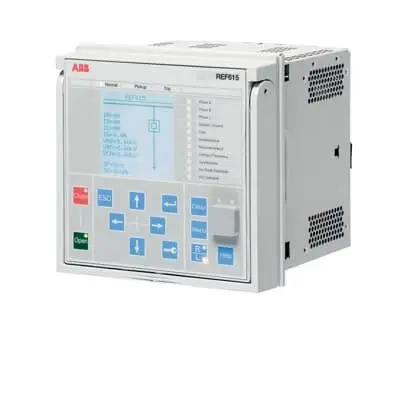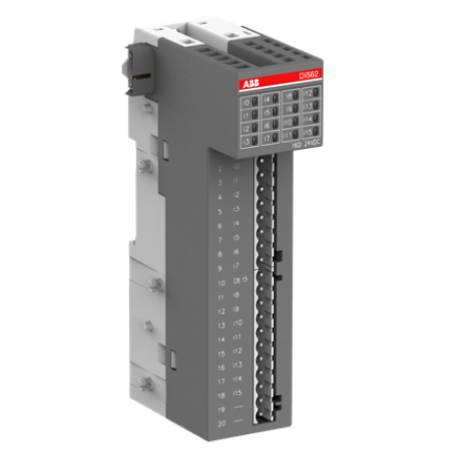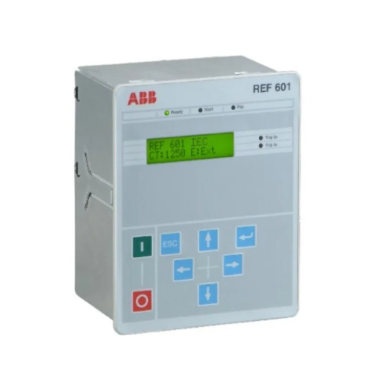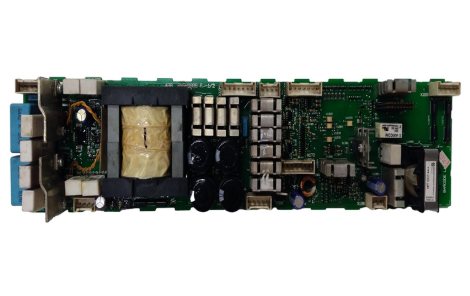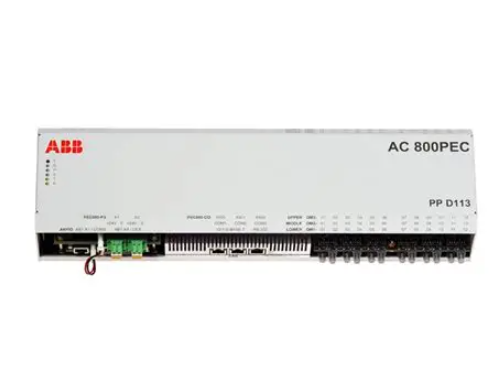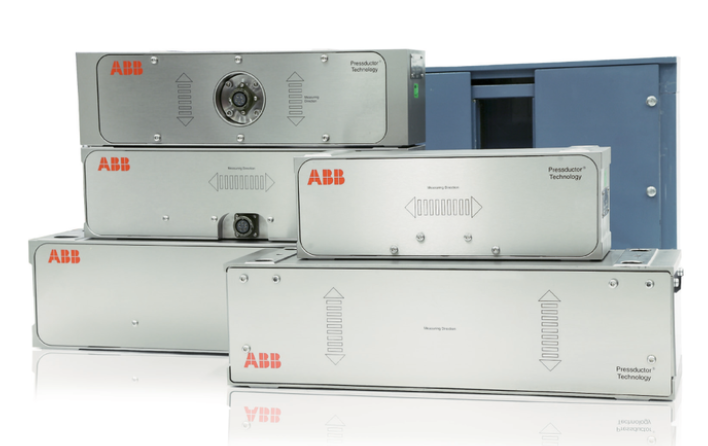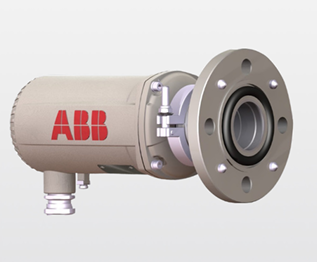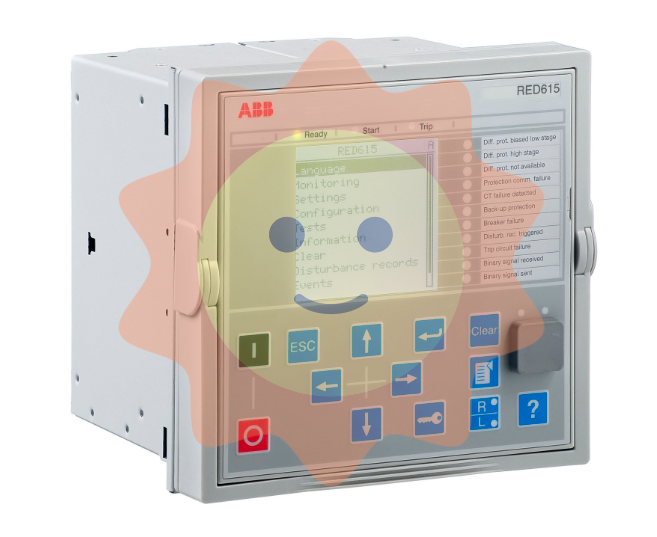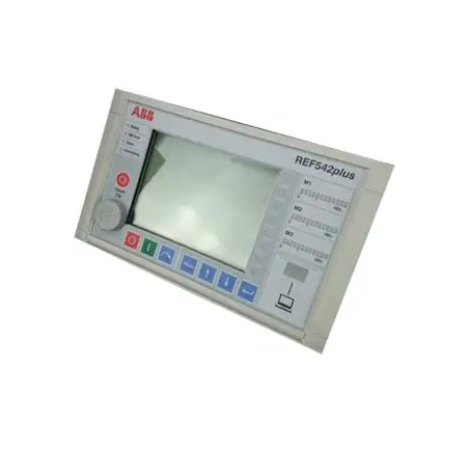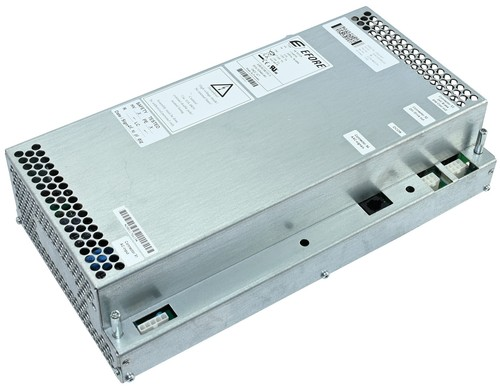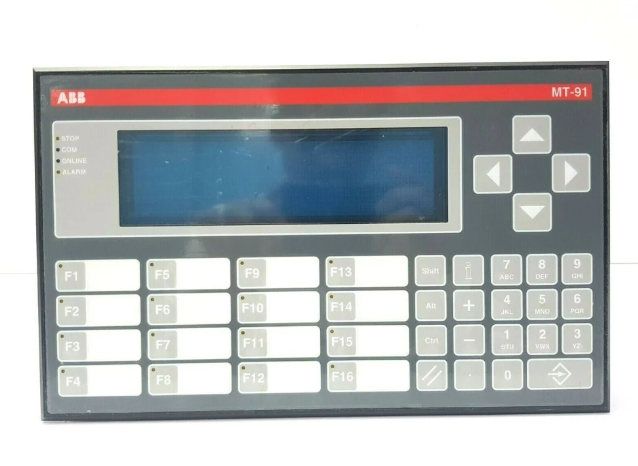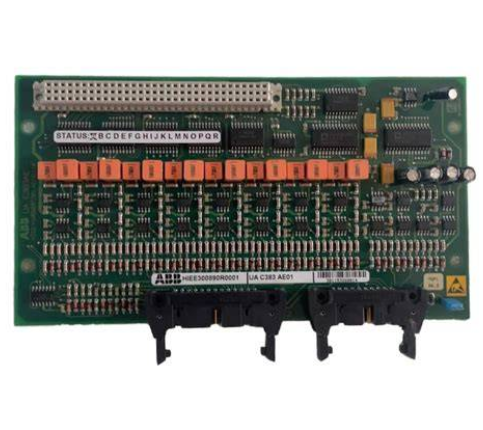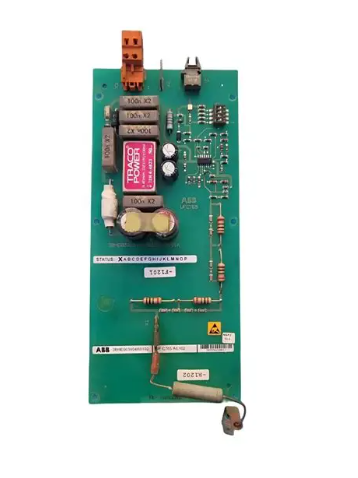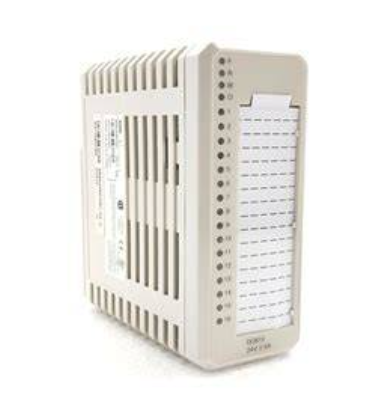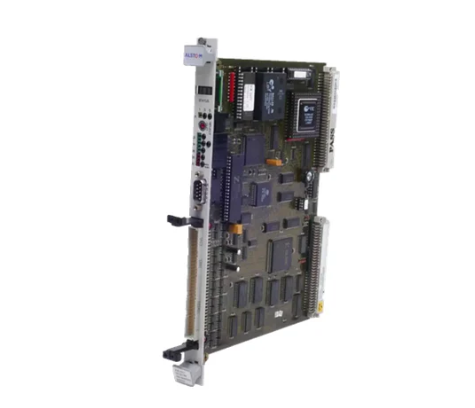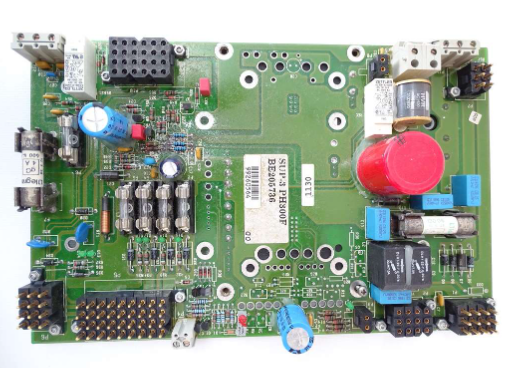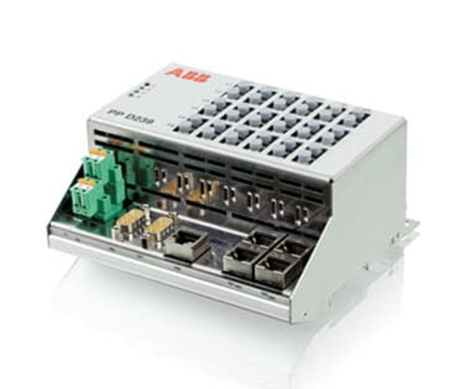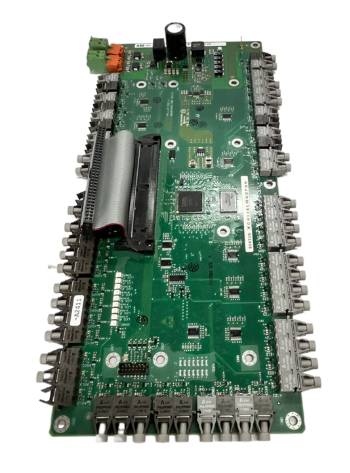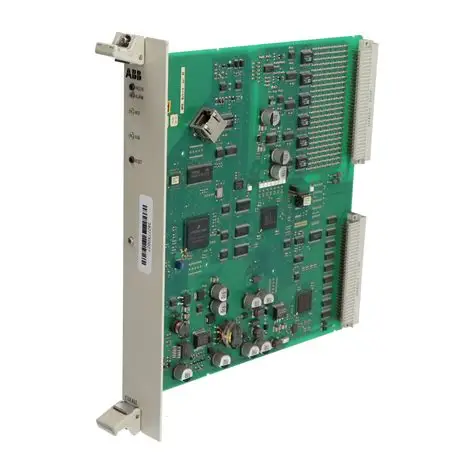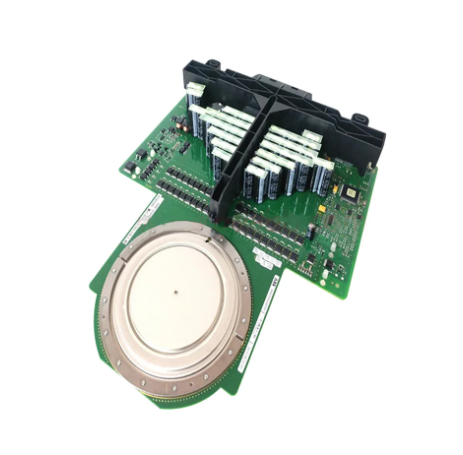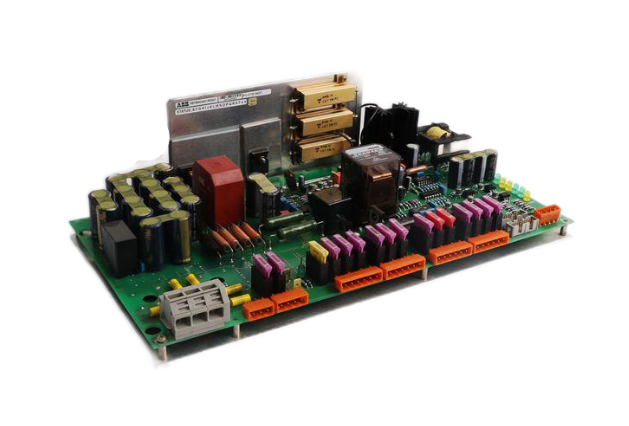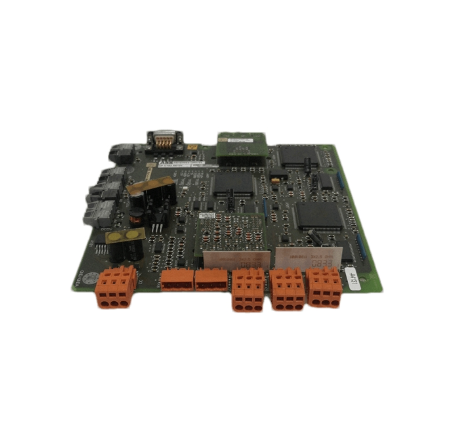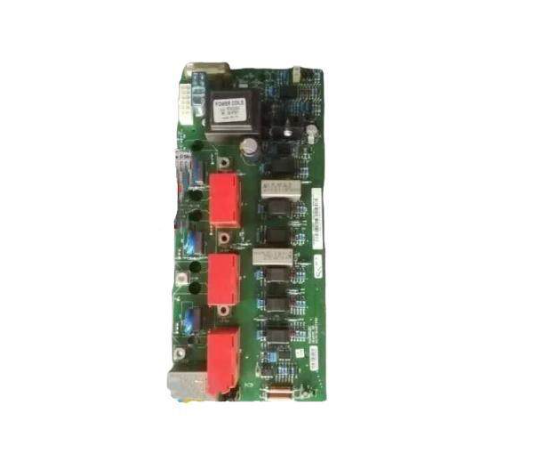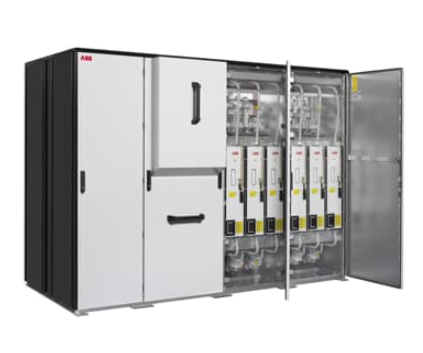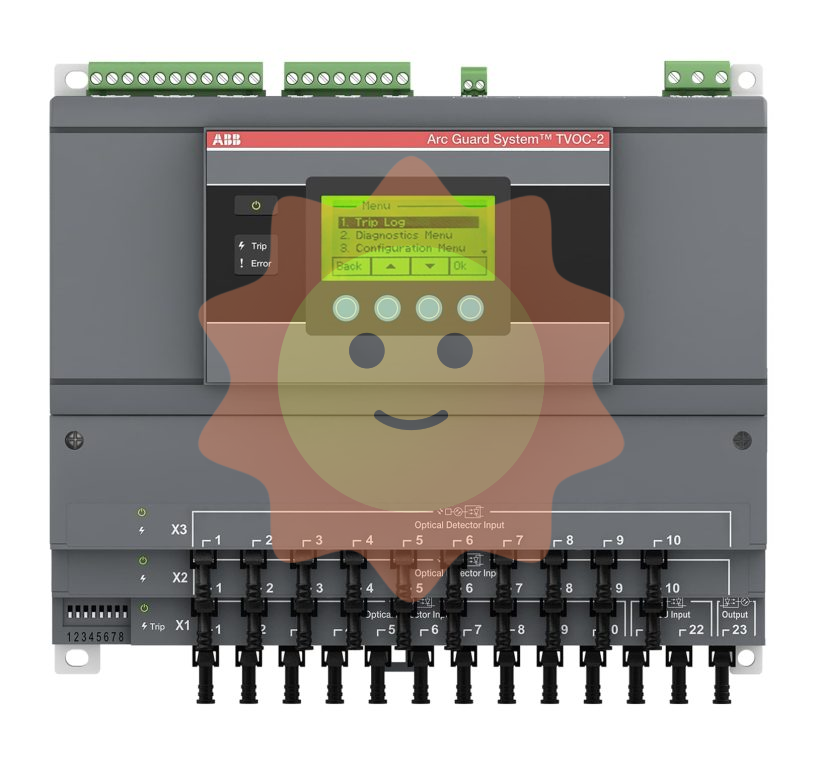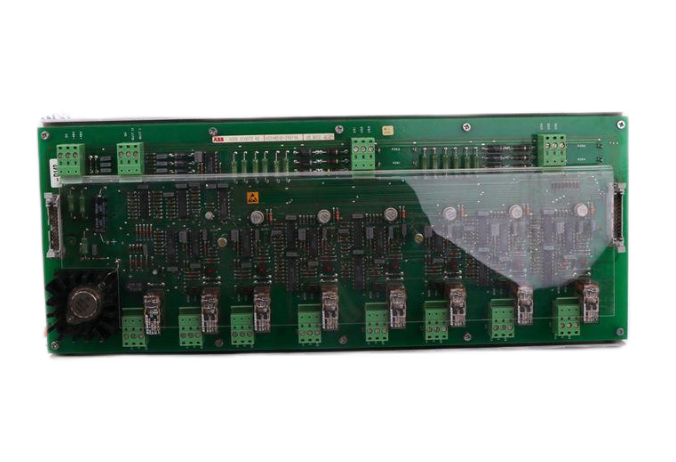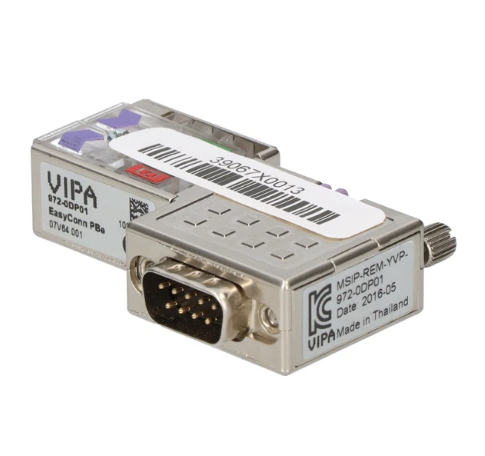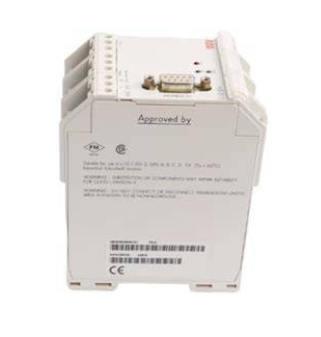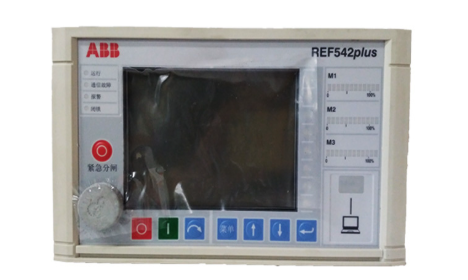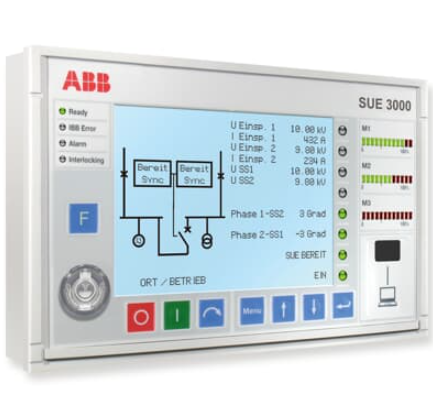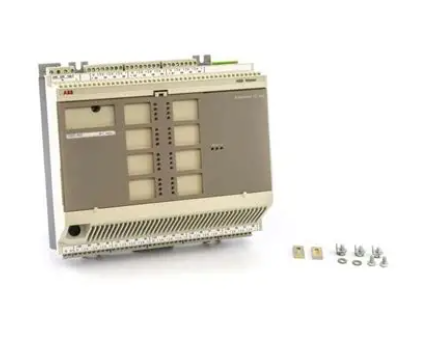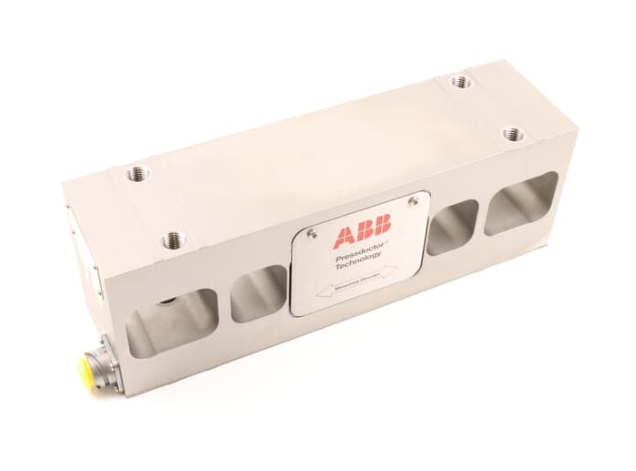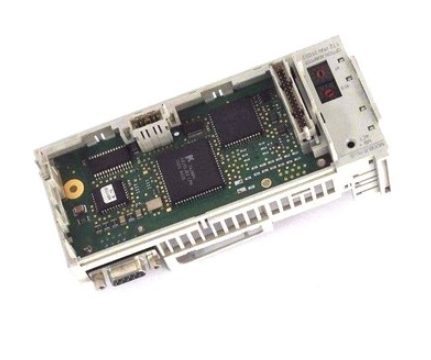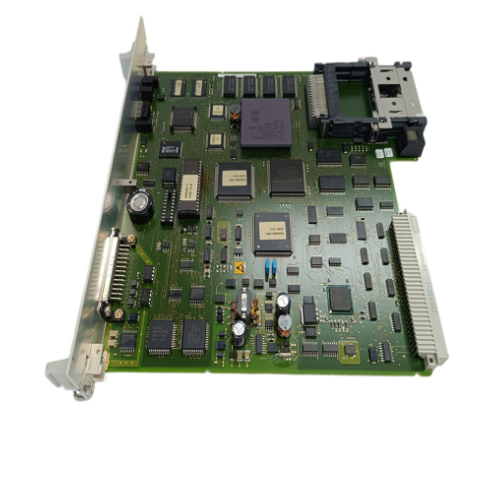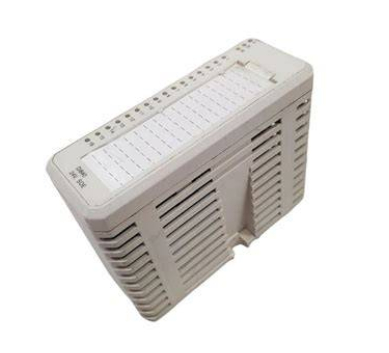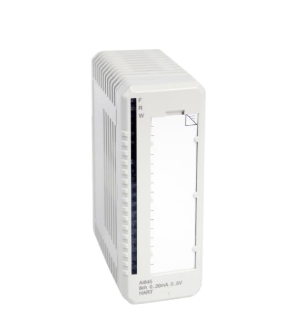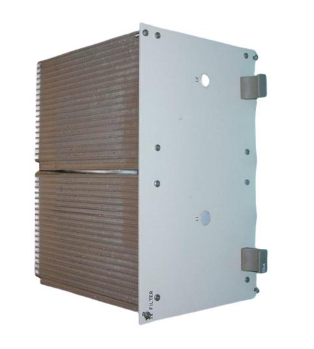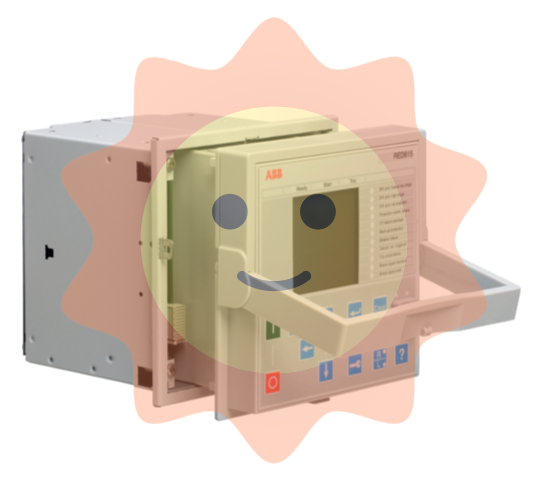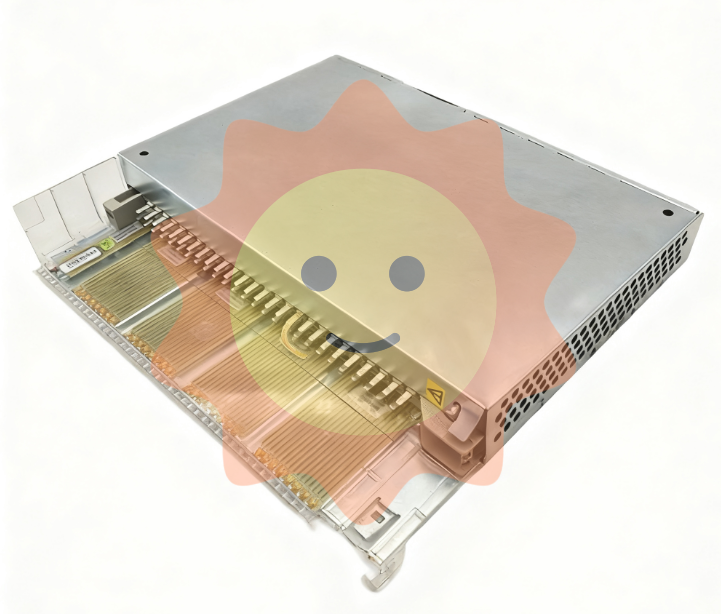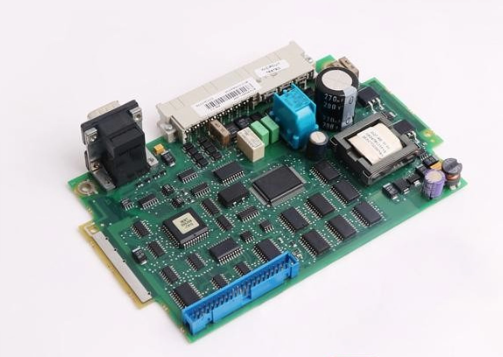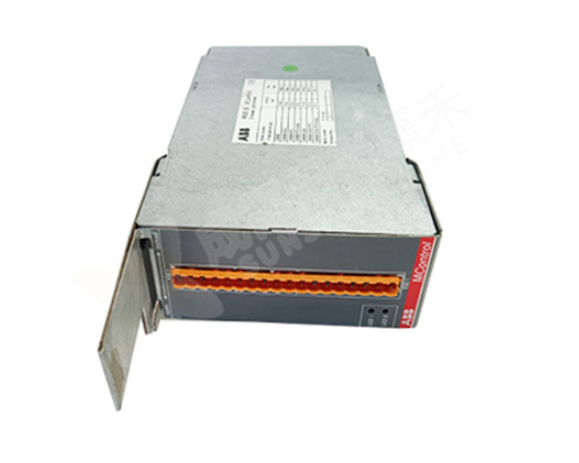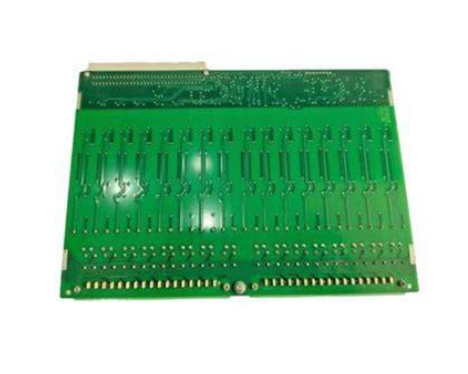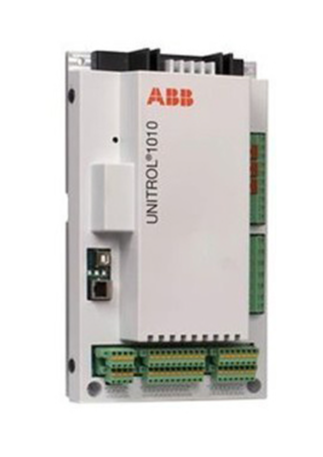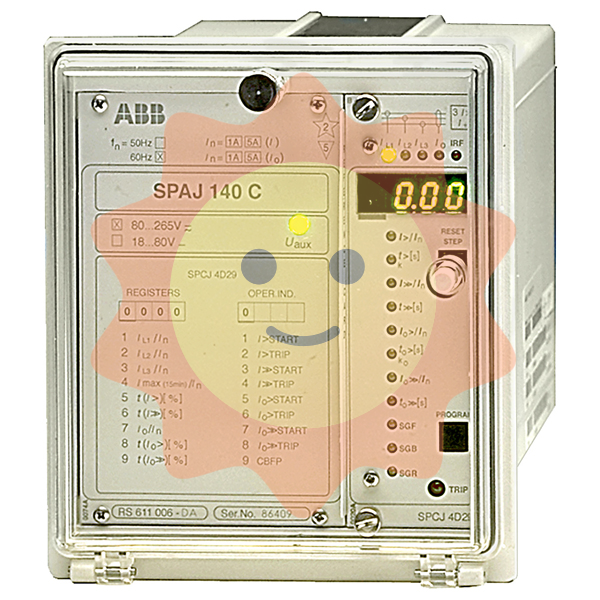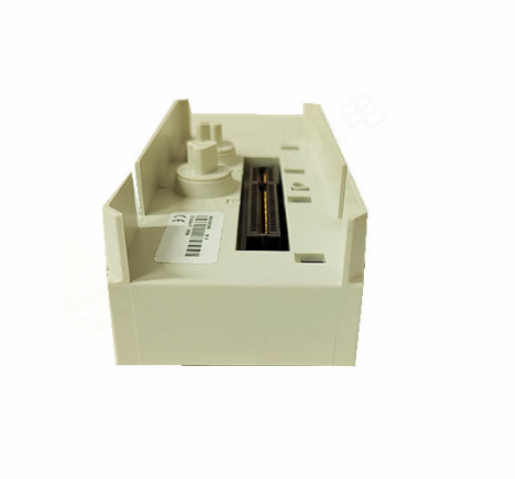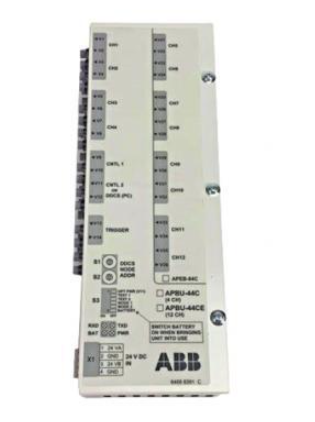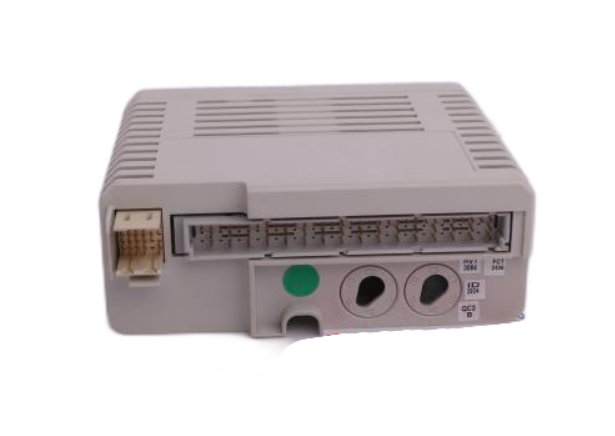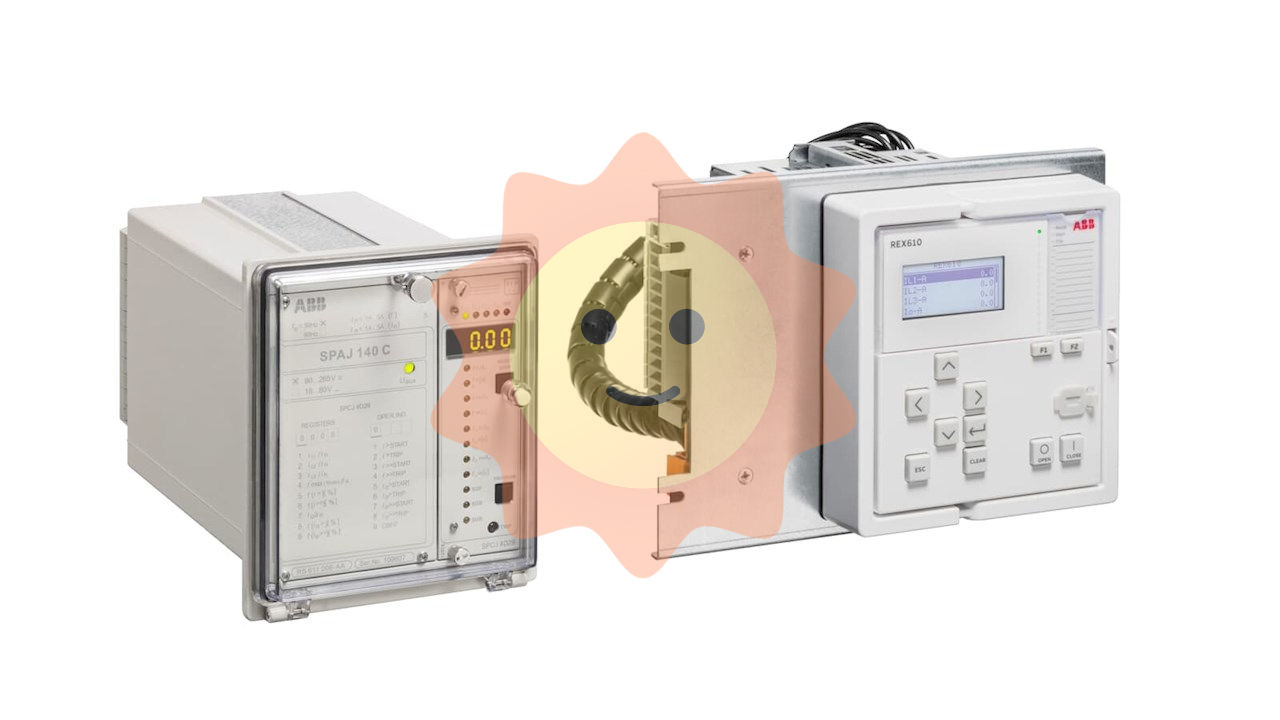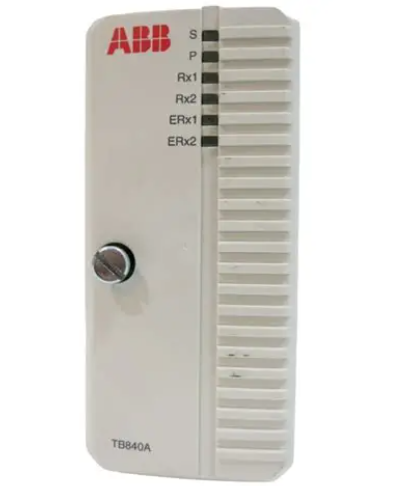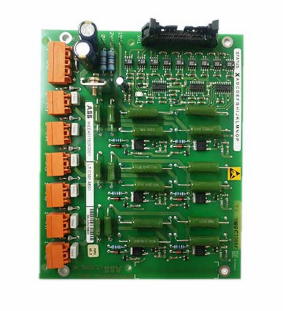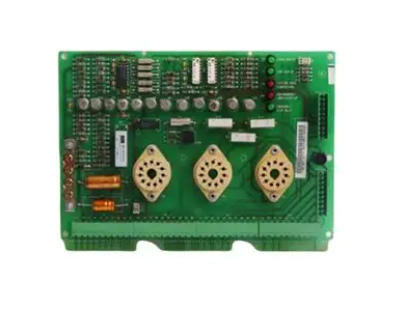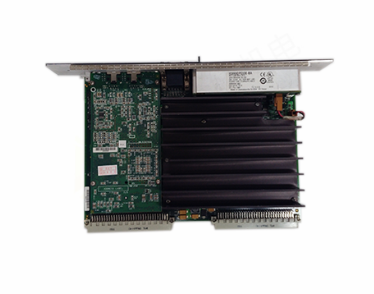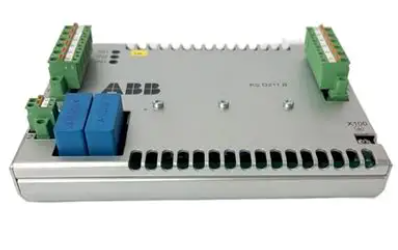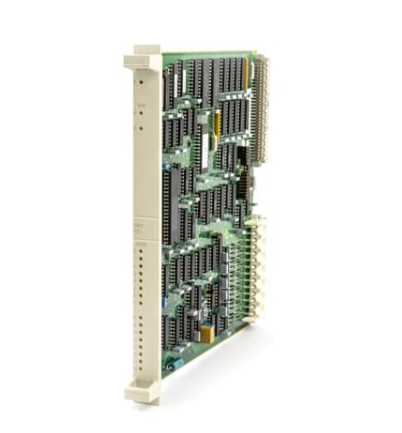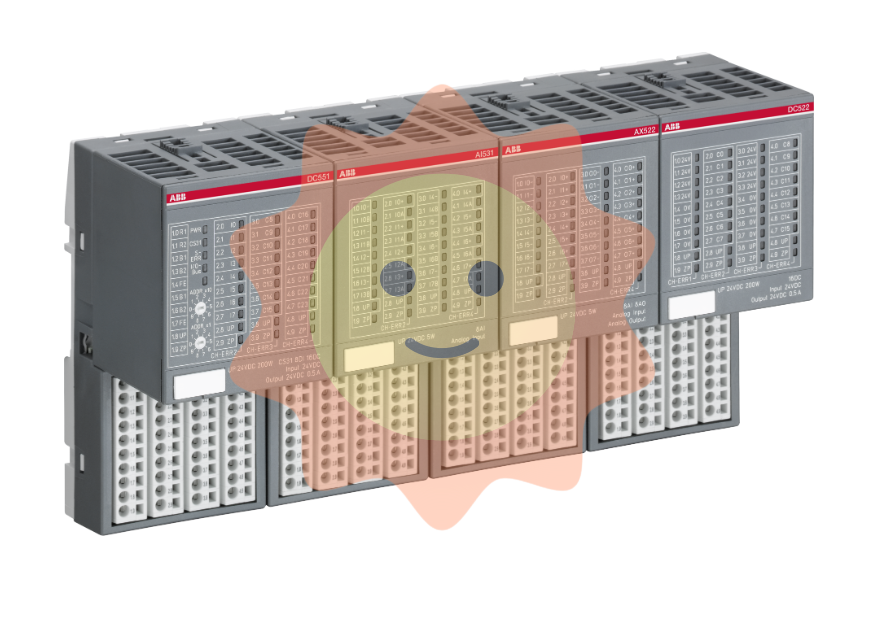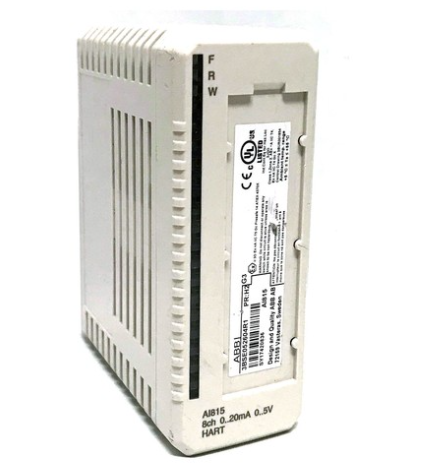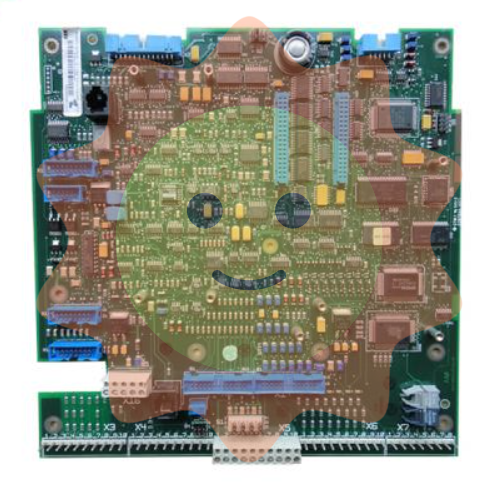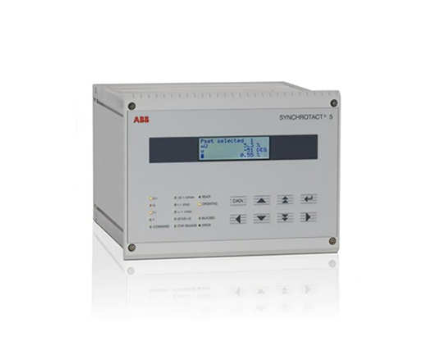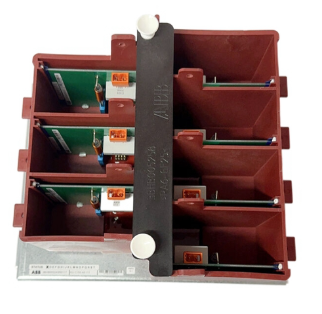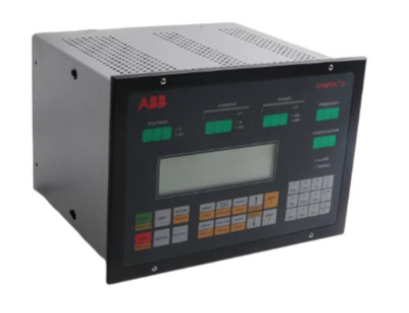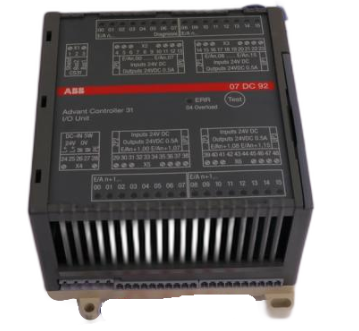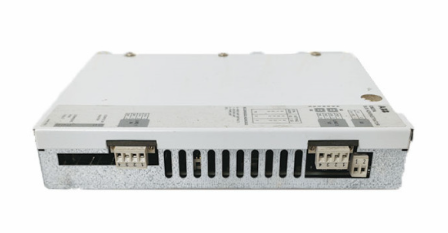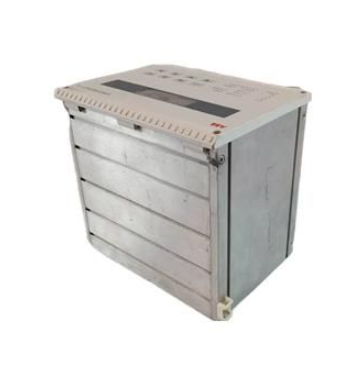PHILIPS PG 1220 SERIES WITH CPU BOARD, XYCOM XVME-491 , CNC SERVO CONTROLLER
(2) Specification parameters
Control axis number: The number of controllable servo motor axes varies among different models, ranging from single axis to multi axis, to meet the needs of machining tasks of different complexity levels.
Control accuracy: With high-precision control capability, the position control accuracy can reach the micrometer or even nanometer level, and the speed control accuracy can also meet the requirements of precision machining.
Communication interface: It is usually equipped with multiple communication interfaces, such as RS-232, RS-485, Ethernet interface, and dedicated CNC communication interface, to facilitate data communication and integration with CNC systems, PLCs, and other devices.
(3) Core functions
Motor control: Based on the instructions sent by the CNC system, accurately control the speed, direction, and position of the servo motor, drive the machine tool worktable, cutting tools, and other components to move according to predetermined trajectories and speeds, and achieve precise machining of parts.
Feedback regulation: Real time reception of position and speed signals from servo motor encoders, comparison with instructions issued by CNC systems, and adjustment of motor operating status through closed-loop control algorithms to ensure machining accuracy and stability.
(4) Key advantages
High precision machining: Through precise motor control and feedback adjustment mechanisms, high-precision part machining is achieved to meet the high precision requirements of industries such as aerospace and mold manufacturing.
Efficient and stable: With fast response capability and stable control performance, it can maintain stable operation during high-speed processing, improve production efficiency, reduce processing errors and scrap rates.
- EMERSON
- Honeywell
- CTI
- Rolls-Royce
- General Electric
- Woodward
- Yaskawa
- xYCOM
- Motorola
- Siemens
- Rockwell
- ABB
- B&R
- HIMA
- Construction site
- electricity
- Automobile market
- PLC
- DCS
- Motor drivers
- VSD
- Implications
- cement
- CO2
- CEM
- methane
- Artificial intelligence
- Titanic
- Solar energy
- Hydrogen fuel cell
- Hydrogen and fuel cells
- Hydrogen and oxygen fuel cells
- tyre
- Chemical fiber
- dynamo
- corpuscle
- Pulp and paper
- printing
- fossil
- FANUC
- Food and beverage
- Life science
- Sewage treatment
- Personal care
- electricity
- boats
- infrastructure
- Automobile industry
- metallurgy
- Nuclear power generation
- Geothermal power generation
- Water and wastewater
- Infrastructure construction
- Mine hazard
- steel
- papermaking
- Natural gas industry
- Infrastructure construction
- Power and energy
- Rubber and plastic
- Renewable energy
- pharmacy
- mining
- Plastic industry
- Schneider
- Kongsberg
- NI
- Wind energy
- International petroleum
- International new energy network
- gas
- WATLOW
- ProSoft
- SEW
- wind
- ADVANCED
- Reliance
- YOKOGAWA
- TRICONEX
- FOXBORO
- METSO
- MAN
- Advantest
- ADVANCED
- ALSTOM
- Control Wave
- AB
- AMAT
- STUDER
- KONGSBERG
- MOTOROLA
- DANAHER MOTION
- Bently
- Galil
- EATON
- MOLEX
- Triconex
- DEIF
- B&W
- ZYGO
- Aerotech
- DANFOSS
- KOLLMORGEN
- Beijer
- Endress+Hauser
- MOOG
- KB
- Moxa
- Rexroth
- YAMAHA


Email:wang@kongjiangauto.com



